The body's own hormone adrenaline is distributed more and more, especially in stressful situations. However, the potential effects of the hormone adrenaline have long been underestimated.
What is adrenaline?
The hormone adrenaline is basically formed in the adrenal glands. Especially in modern medicine, the term is synonymous with the term adrenaline Epinephrine used. As an integral part of the human body, the hormone adrenaline is stored both in the organs of the human body and in its nervous system.
The release of the hormone adrenaline only takes place in the context of overstimulation. However, adrenaline is not only released in extreme stressful situations. For example, a particularly high level of physical activity can increase the adrenaline level.
A severe lack of oxygen can also drive up the adrenaline level noticeably. In order to prevent the sometimes life-threatening side effects of adrenaline, modern medicine uses a simple method for measuring the adrenaline level.
Measure & examine adrenaline
The hormone can be found in the blood plasma of the human body adrenaline be detected. Alternatively, a person's urine can be collected over a period of 24 hours to measure adrenaline levels.
For example, a breakdown product of the body's own hormone is only detected in urine. If taking a blood sample to determine the adrenaline level is being considered, the patient should lie quietly for at least 30 minutes prior to the actual blood sample being drawn. This is the only way to determine reliable values for adrenaline levels.
Even light physical exercise prior to the actual blood draw can noticeably increase the adrenaline level. Compliance with firmly defined standard values is also essential. As part of a blood test, the adrenaline level must not exceed 80 nanograms per liter.
However, since the individual laboratories often work with different units of measurement, a value of up to 4.4 nanomoles per day is considered normal. The urine should not contain more than 20 micrograms of the body's own hormone. Alternatively, a value of up to 110 nanomoles per day is tolerated as part of the urine test.
Function, effect & tasks
In modern medicine this is the hormone adrenaline especially valued for its therapeutic abilities. The hormone adrenaline is used during cardiac arrest to revitalize vital functions.
In addition, bronchial cramps and asthma can also be effectively treated with the body's own hormone. Not infrequently, adrenaline is also used as a local anesthetic. In the human organism, adrenaline primarily causes increased blood pressure and heart rate.
As a result, among other things, a reduced glycogen metabolism can be recognized. At the same time, however, the glycol level rises to a particularly high degree. The possible side effects of the body's own hormone adrenaline should therefore not be neglected.
You can find your medication here
➔ Medicines for relaxation and nerve strengtheningIllnesses, ailments & disorders
A low one Adrenaline levels is generally considered harmless by leading medical professionals. Above all, various medications can have an inhibiting effect on the adrenaline level. However, an increased adrenaline level requires extensive research into the cause.
If your own body produces too much adrenaline, symptoms such as palpitations or sweating can occur. It is not uncommon for the symptoms already mentioned to be accompanied by a relatively severe headache. In most cases, the affected patients sweat profusely.
In addition, a strong sense of fear is often felt. If left untreated, elevated adrenaline levels can lead to serious complications. These include both severe cardiac arrhythmias and bleeding in the brain. Since it is not uncommon for a serious underlying disease to be responsible for an increased level of adrenaline, the affected patients must be subjected to an extensive examination.
This is the only way to rule out excessive blood pressure in good time, for example. In addition, any existing tumors can be identified at an early stage as a possible cause for an increased release of adrenaline.

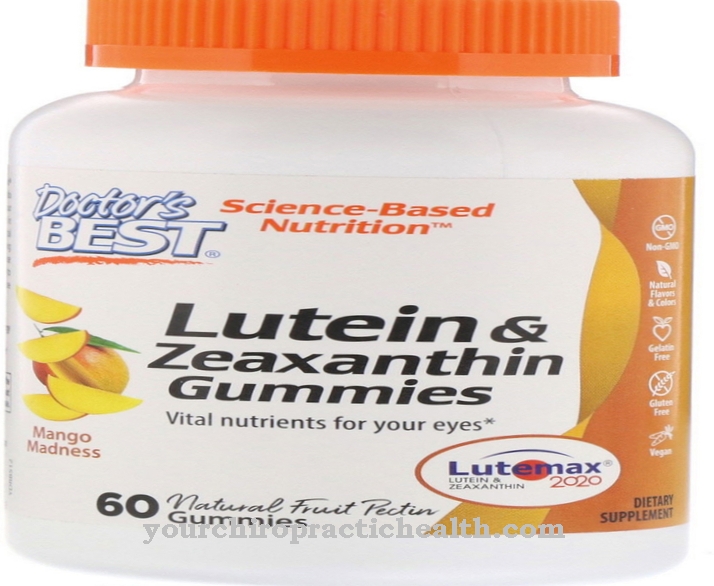
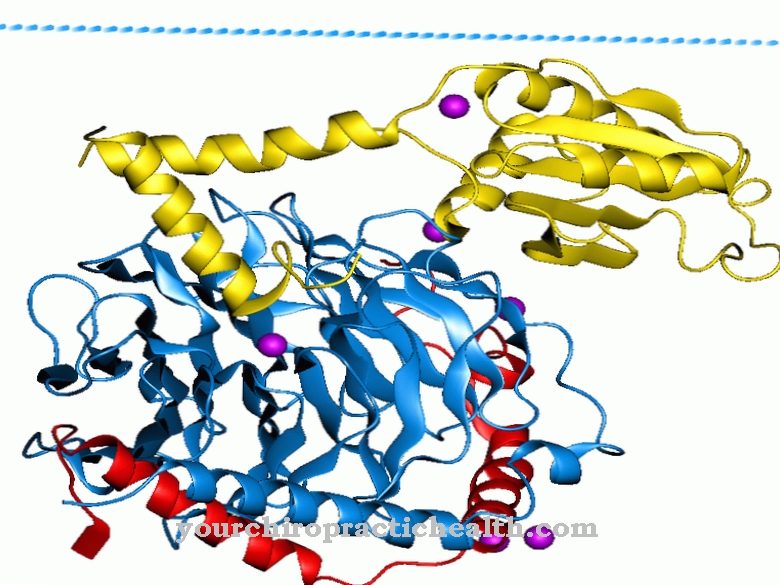
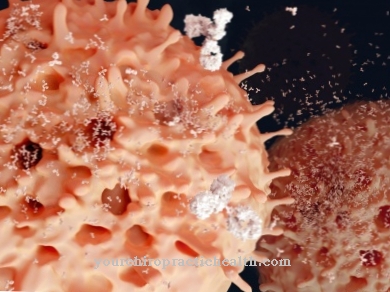
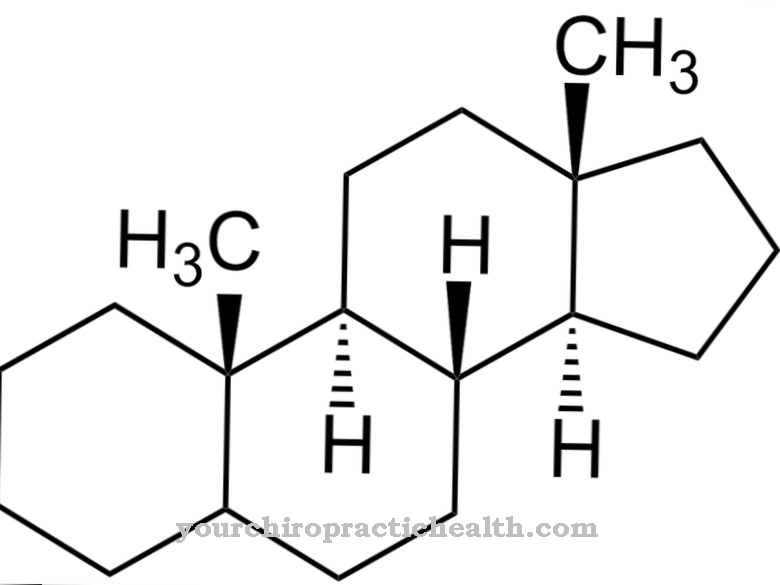
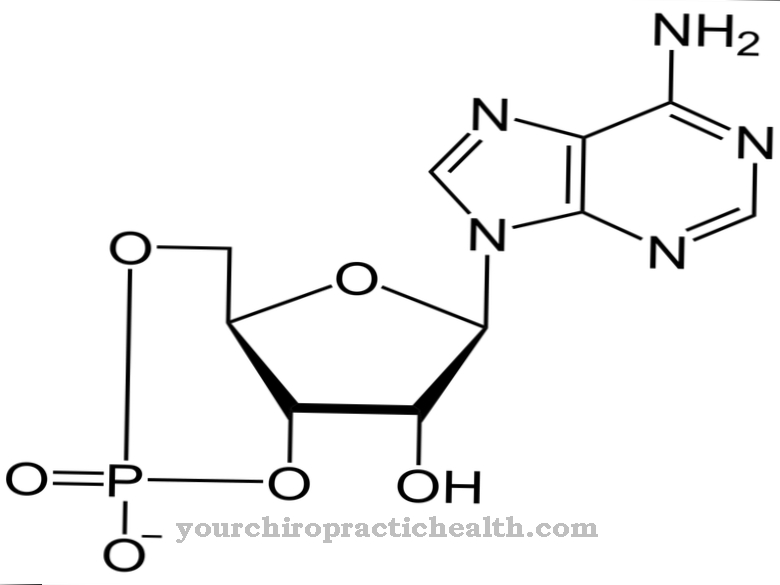
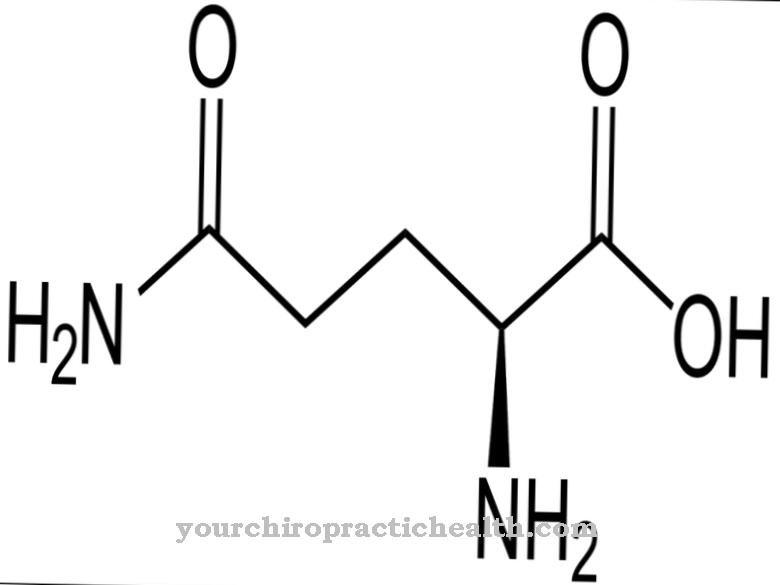

















.jpg)



